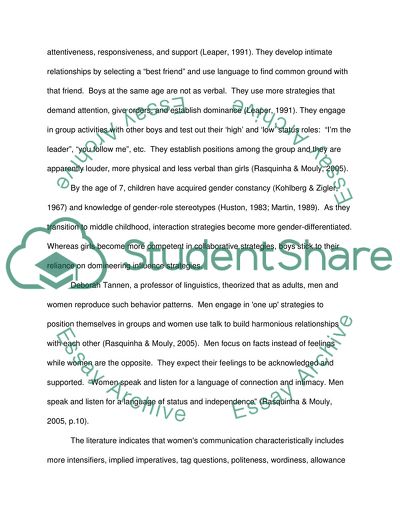Cite this document
(Understanding the Root of the Gender War Case Study, n.d.)
Understanding the Root of the Gender War Case Study. Retrieved from https://studentshare.org/gender-sexual-studies/1713119-gender-and-commuication
Understanding the Root of the Gender War Case Study. Retrieved from https://studentshare.org/gender-sexual-studies/1713119-gender-and-commuication
(Understanding the Root of the Gender War Case Study)
Understanding the Root of the Gender War Case Study. https://studentshare.org/gender-sexual-studies/1713119-gender-and-commuication.
Understanding the Root of the Gender War Case Study. https://studentshare.org/gender-sexual-studies/1713119-gender-and-commuication.
“Understanding the Root of the Gender War Case Study”. https://studentshare.org/gender-sexual-studies/1713119-gender-and-commuication.


